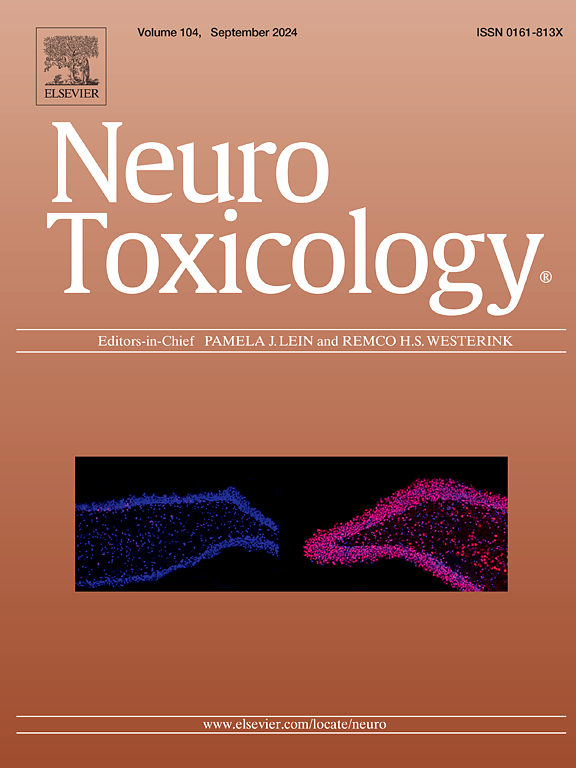金丝桃素通过蛋白酶体- Nrf2 - GPX4信号轴抑制P2X7R改善糖尿病心脏自主神经病变
IF 3.9
3区 医学
Q2 NEUROSCIENCES
引用次数: 0
摘要
金丝桃素(HYP)是从贯叶连翘(Hypericum perforatum)中提取的一种主要活性化合物,已被研究用于糖尿病的治疗。本研究的目的是观察HYP是否能改善糖尿病心脏自主神经病变(DCAN)及其可能的机制。目前的研究结果表明,DCAN中铁凋亡的多个驱动因素集中在抗氧化蛋白核因子-红细胞2相关因子2(Nrf2)上。过度激活的P2X7受体(P2X7R)通过钙离子积累增加蛋白酶体活性,从而增加Nrf2降解。这项工作表明,HYP抑制P2X7R的表达,导致Nrf2水平升高,从而抵消铁下垂。这种抑制作用改善了糖尿病大鼠DCAN病理过程中心功能的异常变化,包括心率(HR)、血压(BP)、心率变异性(HRV)和交感神经放电(SND)。综上所述,HYP通过抑制P2X7R表达、降低钙诱导的蛋白酶体活性、抑制铁下垂和炎症来提高Nrf2蛋白水平。因此,HYP减轻了DCAN的进展。本文章由计算机程序翻译,如有差异,请以英文原文为准。
Inhibition of P2X7R by hypericin improves diabetic cardiac autonomic neuropathy through the proteasome- Nrf2 - GPX4 signaling axis
Hypericin (HYP), a primary active compound derived from Hypericum perforatum has been studied in the context of diabetes. The purpose of this study is to observe whether HYP can improve diabetic cardiac autonomic neuropathy (DCAN) and its possible mechanism. The current findings suggest that multiple drivers of ferroptosis in DCAN converge on the antioxidant protein nuclear factor erythroid 2-related factor 2(Nrf2). Overactivated P2X7 receptor (P2X7R) increases Nrf2 degradation by increasing proteasome activity through calcium ion accumulation. This work showed that HYP inhibited P2X7R expression, leading to elevated Nrf2 levels, thereby counteracting ferroptosis. This inhibition improves abnormal changes in cardiac function during the pathological process of DCAN in diabetic rats, including heart rate (HR), blood pressure (BP), heart rate variability (HRV), and sympathetic nerve discharge (SND). In summary, HYP enhances Nrf2 protein levels by suppressing P2X7R expression, reducing calcium-induced proteasome activity, and inhibits ferroptosis and inflammation. Thus, HYP alleviated DCAN progression.
求助全文
通过发布文献求助,成功后即可免费获取论文全文。
去求助
来源期刊

Neurotoxicology
医学-毒理学
CiteScore
6.80
自引率
5.90%
发文量
161
审稿时长
70 days
期刊介绍:
NeuroToxicology specializes in publishing the best peer-reviewed original research papers dealing with the effects of toxic substances on the nervous system of humans and experimental animals of all ages. The Journal emphasizes papers dealing with the neurotoxic effects of environmentally significant chemical hazards, manufactured drugs and naturally occurring compounds.
 求助内容:
求助内容: 应助结果提醒方式:
应助结果提醒方式:


